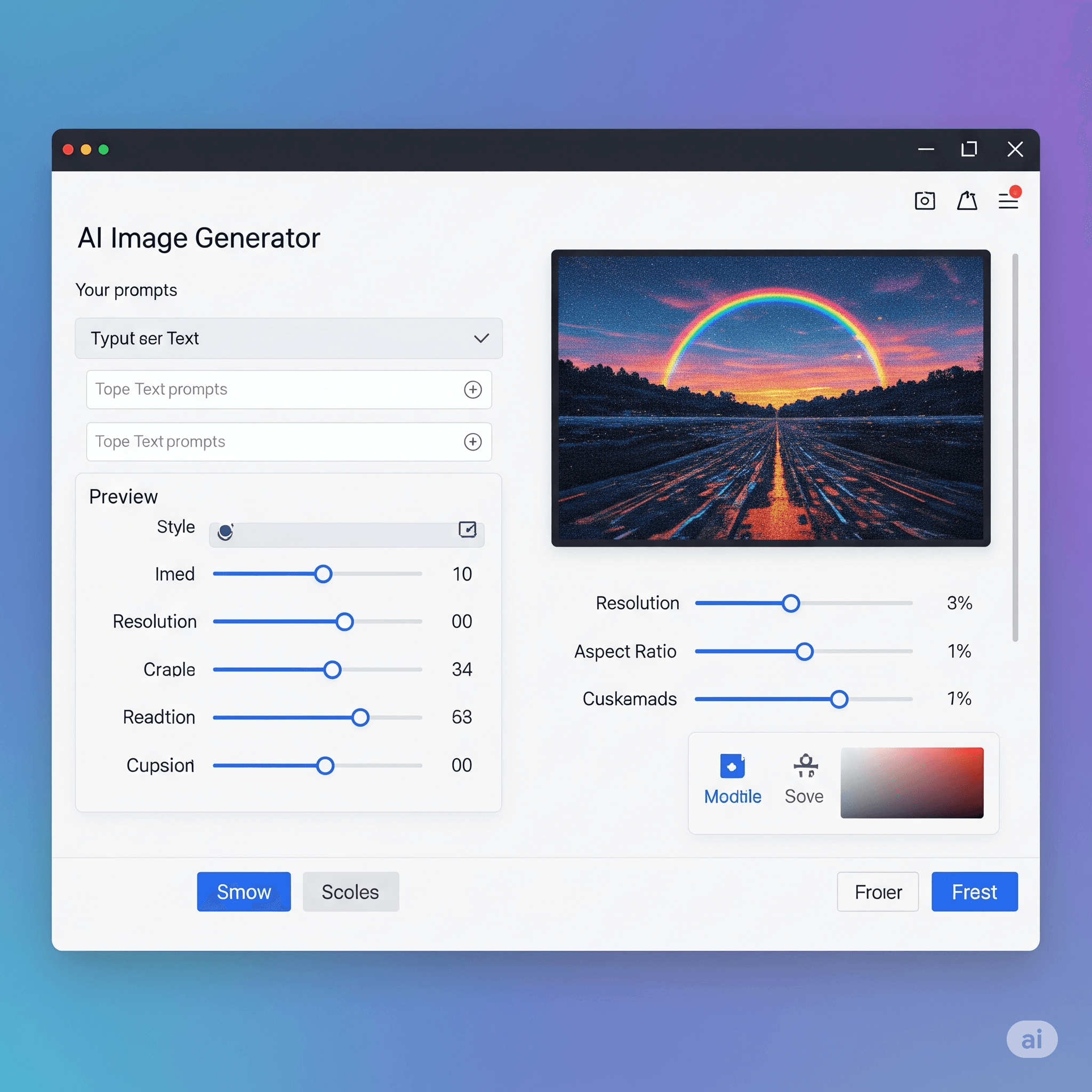Question: _____________ is non volatile memory
Answer:
Non-volatile memory is a type of computer memory that retains its stored data even when power is removed. The most common example of non-volatile memory is the hard disk drive (HDD), which is used to store data and programs on a long-term basis. Other examples of non-volatile memory include solid-state drives (SSDs), flash memory, and read-only memory (ROM). Non-volatile memory is important for storing data that needs to be retained even when the computer is turned off, such as operating system files, applications, and user data.
MCQ: _____________ is non volatile memory
Explanation:
Non-volatile memory is a type of computer memory that retains its stored data even when power is removed. The most common example of non-volatile memory is the hard disk drive (HDD), which is used to store data and programs on a long-term basis. Other examples of non-volatile memory include solid-state drives (SSDs), flash memory, and read-only memory (ROM). Non-volatile memory is important for storing data that needs to be retained even when the computer is turned off, such as operating system files, applications, and user data.
Discuss a Question
Related Questions
- 1. Which of the following is the Valid Measurement unit of memory
- 2. Hardware can work without device driver
- 3. Which of the following if not OS
- 4. DVD is having more storage capacity than CD
- 5. Tally is __________
- 6. VLSI is used in _________ Generation of computer
- 7. __________ Interprets and executes set of instruction
- 8. __________consists of set of instruction
- 9. ___________consists of set of programs
- 10. Paint brush is text editor
You may be interested in:
Computer Basics MCQs






